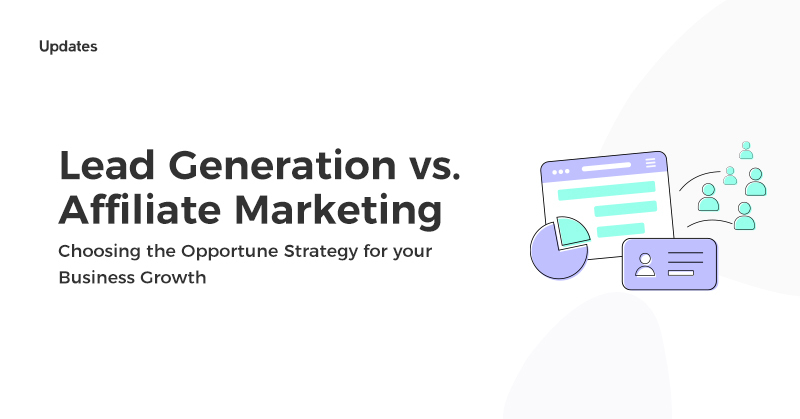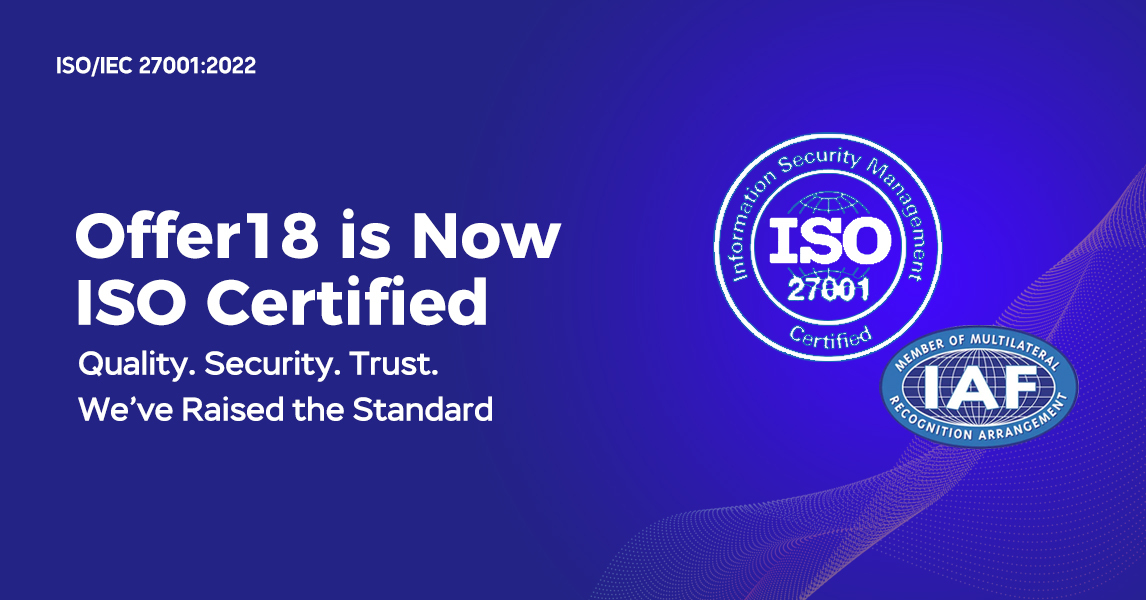
Share
The capability to combine data from various sources is important for reaching strategic goals. Marketing data integration, a sophisticated process that brings together information from different platforms into a single system, allows businesses to gather useful information and make informed decisions. This guide examines the specifics of marketing data integration, including its benefits, challenges, and best practices.
What is Marketing Data Integration?
Marketing data integration involves bringing together data from different marketing channels and sources into a single, unified database. This process lets organizations bring together information from various platforms, including social media, email marketing, CRM systems, and website analytics, into a single central location. This unified database makes it easier to track and analyze marketing activities across all channels. For example, instead of viewing social media engagement, email campaign performance, and website traffic as separate data points, this process allows these to be combined into a single dataset. Now, several things go into the integration, and it is important to know them all.
Data Aggregation
Data aggregation involves gathering information from several sources and software like CRM systems, email marketing platforms, social media channels, and web analytics tools. The goal is to gather all relevant data into a central repository. This process ensures that every interaction and transaction is included, creating a solid base for further analysis.
Data Harmonization
After data is aggregated, it needs to be harmonized to achieve consistency and compatibility across different systems. Data harmonization involves standardizing data formats, resolving discrepancies, and aligning different data elements to create a unified dataset. This process is crucial for making sure that the integrated data is accurate and ready for analysis.
Data Analysis
With harmonized data, organizations can perform detailed analyses to extract valuable information. Data analysis involves examining trends, measuring performance metrics, and evaluating the effectiveness of marketing strategies. By using integrated data, businesses can make informed decisions that improve their marketing efforts and overall performance.
Data Visualization
Data visualization tools help interpret and communicate integrated data. These tools create visual representations of data, such as charts, graphs, and dashboards, making it easier to identify patterns and trends. Effective data visualization improves the ability to interpret data and supports strategic planning.
The Strategic Value of Marketing Data Integration
This process provides several advantages that can significantly influence an organization’s success. By uniting data from various sources, businesses can gain a deeper understanding of their operations and customer behavior, which can transform their marketing strategies.
Unified Customer Profiles
Combining data from multiple touchpoints allows businesses to build detailed customer profiles. This includes data from past purchases, browsing history, social media interactions, and customer service encounters. A unified customer profile offers a full view of each customer, allowing for highly personalized marketing strategies and marketing platforms. This personalization can greatly improve customer engagement as marketing messages and offers become more relevant to individual preferences.
Data-Driven Decision-Making
Integrating marketing data enables organizations to make decisions based on a complete view of their data. Analyzing integrated data through marketing dashboards allows businesses to discover trends and patterns that might not be visible when looking at isolated data sources. This comprehensive view allows for more accurate targeting of marketing efforts, better campaign strategies, and optimal resource allocation. Decisions based on thorough data analysis are generally more effective and aligned with market conditions.
Improved Marketing ROI
A major advantage of integration is the accurate measurement and optimization of return on investment (ROI). Integrated data provides insights into which marketing channels and strategies yield the best results. By evaluating performance across all channels, businesses can identify successful tactics and reallocate resources to maximize ROI. This approach ensures that marketing budgets are used effectively, leading to better financial performance and improved outcomes.
Operational Efficiency
Marketing data integration streamlines operations by automating data processes and reducing manual work. This automation reduces errors, speeds up data processing, and boosts productivity. With integrated data systems, organizations can eliminate redundant tasks, improve data accuracy, and focus on strategic activities. The result is an efficient marketing operation that can adapt quickly to changes and opportunities.
Challenges in Marketing Data Integration
Despite its numerous benefits, data integration in marketing also presents several challenges that organizations need to address to benefit from it fully. Recognizing these challenges and addressing them is crucial for successful data integration.
Data Quality Issues
Maintaining high data quality is one of the main challenges in the integration of marketing data. Consistent, complete, and correct data can lead to accurate information and effective strategies. Addressing data quality requires thorough validation and cleansing processes to resolve issues such as duplicates, errors, and discrepancies. Organizations must implement strong data management practices to maintain accuracy and reliability, which are crucial for effective decision-making and strategic planning.
Integration Complexity
Integrating data from different systems can be complex. Various systems may use different formats, standards, and protocols, making seamless integration difficult. Tackling integration complexity often requires advanced technologies and technical expertise to ensure smooth data flow between systems. Organizations need to invest in appropriate integration tools and solutions that can manage diverse data sources and formats, making the integration process more efficient.
Privacy and Compliance Concerns
Data privacy regulations like GDPR and CCPA set strict standards for how organizations must manage and protect customer data. To avoid legal problems and keep customer trust, compliance with these regulations is essential. During the integration process, organizations need to implement privacy and security measures, such as creating data protection policies, securing necessary consent, and safeguarding sensitive information. Staying updated on regulatory changes and adjusting compliance practices is important for preserving data integrity and protecting consumer rights.
Cost Considerations
The cost of implementing and maintaining data integration systems can be significant. Organizations should evaluate the financial impact of investing in integration tools, technologies, and expertise. Although the initial cost may be significant, it's important to consider the long-term benefits that integrated data systems can provide. A thorough cost-benefit analysis helps determine if the investment aligns with the organization's goals and delivers a positive return.
What to Consider When Trying to Achieve Successful Integration
When aiming for successful data integration, it's important to clearly understand your goals, choose the right tools and technologies, and ensure data quality and security. Collaboration between departments also plays a key role in achieving effective integration. Keeping these considerations in mind helps make the process smoother and more effective.
Define Clear Objectives
Setting clear and specific objectives for data integration is important for guiding the process and aligning with business goals. Determine what you want to accomplish with integrated data, such as improving customer profiles, optimizing campaign performance, or increasing operational efficiency. Clear objectives help direct efforts, track progress, and evaluate the success of integration efforts.
Select Appropriate Tools and Technologies
Choosing the right tools and technologies is crucial for effective data integration. Evaluate integration solutions based on factors such as compatibility with existing systems, scalability, and features that support data analysis and reporting. Tools like Talend, Apache NiFi, and Microsoft Power BI offer strong integration capabilities and can simplify the data management process. Selecting the right tools ensures that the integration process is efficient and meets the organization's needs.
Prioritize Data Quality
Maintaining high data quality is key for successful data integration. Implement robust data quality management practices, including regular validation and cleansing, to ensure accuracy and consistency. Data enrichment techniques can be used to improve the value of integrated data, supporting more informed decision-making. Prioritizing data quality helps make sure that the integrated data is reliable and useful for strategic planning.
Foster Interdepartmental Collaboration
Successful data integration requires cooperation between various departments, including affiliate marketing, IT, and data teams. Encourage communication and collaboration among these stakeholders to address their needs and ensure that integration efforts align with organizational objectives. Teamwork enhances the effectiveness of data integration efforts and ensures that all relevant perspectives are considered.
Maintain Compliance and Security
Data privacy and security are critical in data integration. Adhere to data privacy regulations and implement strong security measures to protect sensitive information. This includes establishing data protection policies, obtaining necessary consent, and safeguarding data against unauthorized access. Regularly reviewing and updating compliance practices to address evolving regulations and emerging threats is crucial for maintaining data integrity and protecting consumer trust.
Monitor and Optimize
Data integration is a continuous process that needs regular monitoring and optimization. Frequently evaluate the performance of integrated data systems, analyze the results, and make adjustments to enhance effectiveness. Ongoing optimization ensures that data remains relevant and valuable for decision-making, supports continuous improvements, and adapts to evolving business needs.
Measuring the Success of Marketing Data Integration
Measure how efficiently data integration processes work, including data collection, processing, and storage with marketing data analytics. Evaluate factors such as the speed and accuracy of integration to ensure that processes are effective and operationally sound. Efficient measuring contributes to better data management and improved performance, enabling organizations to respond quickly to market changes. However, more things will bring you success in the end. You need to do all these little steps in order to make sure everything is looking good.
Data Accuracy and Consistency
Monitor the accuracy and consistency of integrated data to make sure it meets quality standards. Regular audits and validation checks help maintain high data quality and reliability. Accurate and consistent data is crucial for deriving meaningful information and making informed decisions, supporting effective marketing strategies and operational improvements.
Impact on Marketing Performance
Evaluate the impact of integrated data on marketing performance by examining key performance indicators (KPIs) like customer engagement, conversion rates, and ROI. Assess how integrated data contributes to achieving marketing goals and enhancing overall performance. Understanding this impact helps refine strategies and optimize marketing efforts for improved results.
User Satisfaction
Gather feedback from users who interact with integrated data systems to assess their satisfaction and identify areas for improvement. Understanding user experiences helps make sure that data systems meet the needs of all stakeholders and support effective decision-making. Addressing user feedback and making necessary adjustments improves the usability and effectiveness of integrated data systems.
Conclusion
Marketing data integration is a strategic tool offering several benefits, including enhanced customer understanding, better decision-making, higher marketing ROI, and improved operational efficiency. By collecting data from different sources, organizations can gain a comprehensive view of their affiliate marketing activities and customer interactions, resulting in more effective strategies and improved outcomes.
Marketing data integration is a strategic tool that offers multiple benefits, such as improved customer understanding, better decision-making, increased marketing ROI, and greater operational efficiency. By using marketing analytics tools to combine data from various sources, organizations can gain a complete view of their marketing efforts and interactions with customers. This thorough perspective leads to more effective strategies and improved outcomes. Don’t just collect data; make it work for you.



